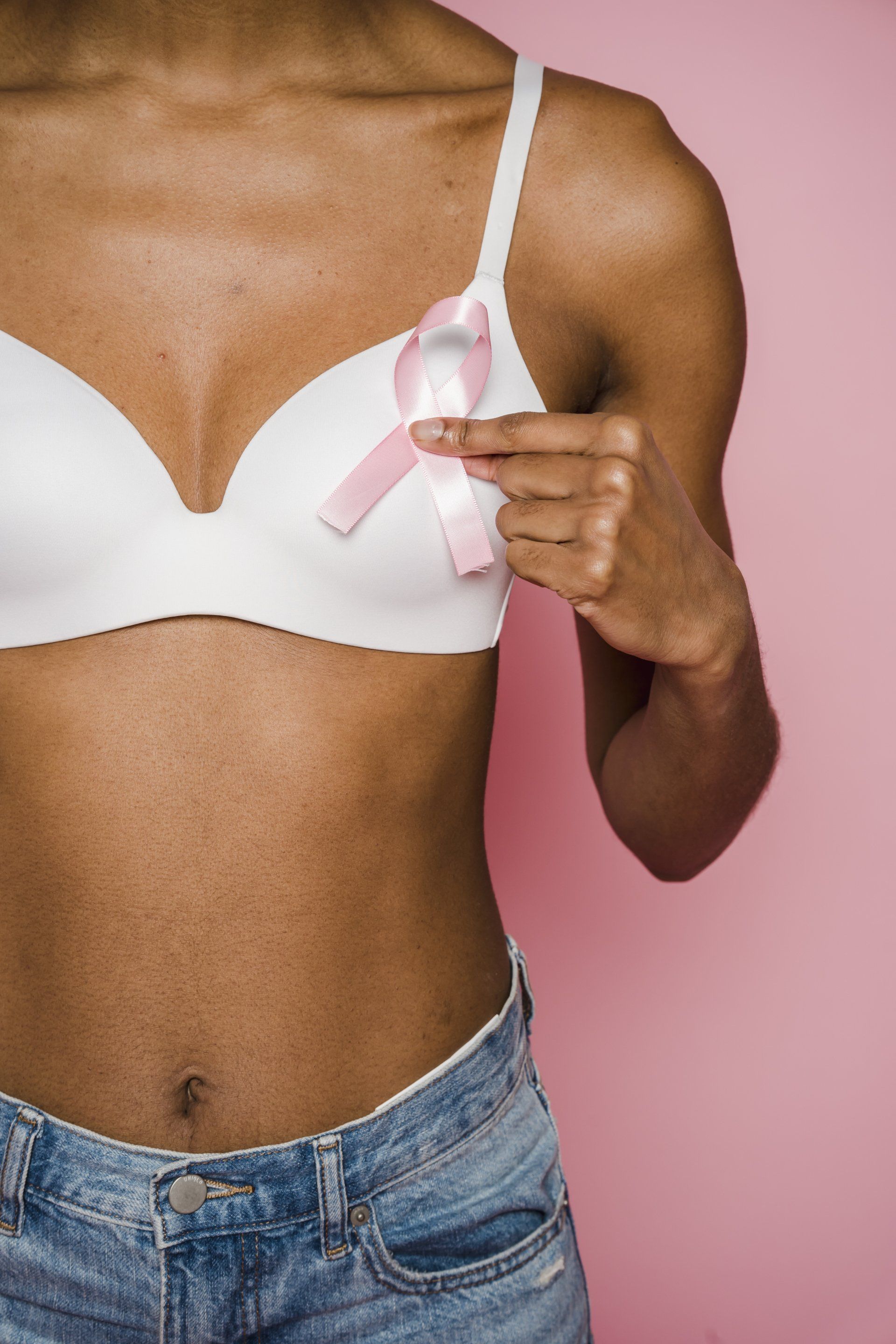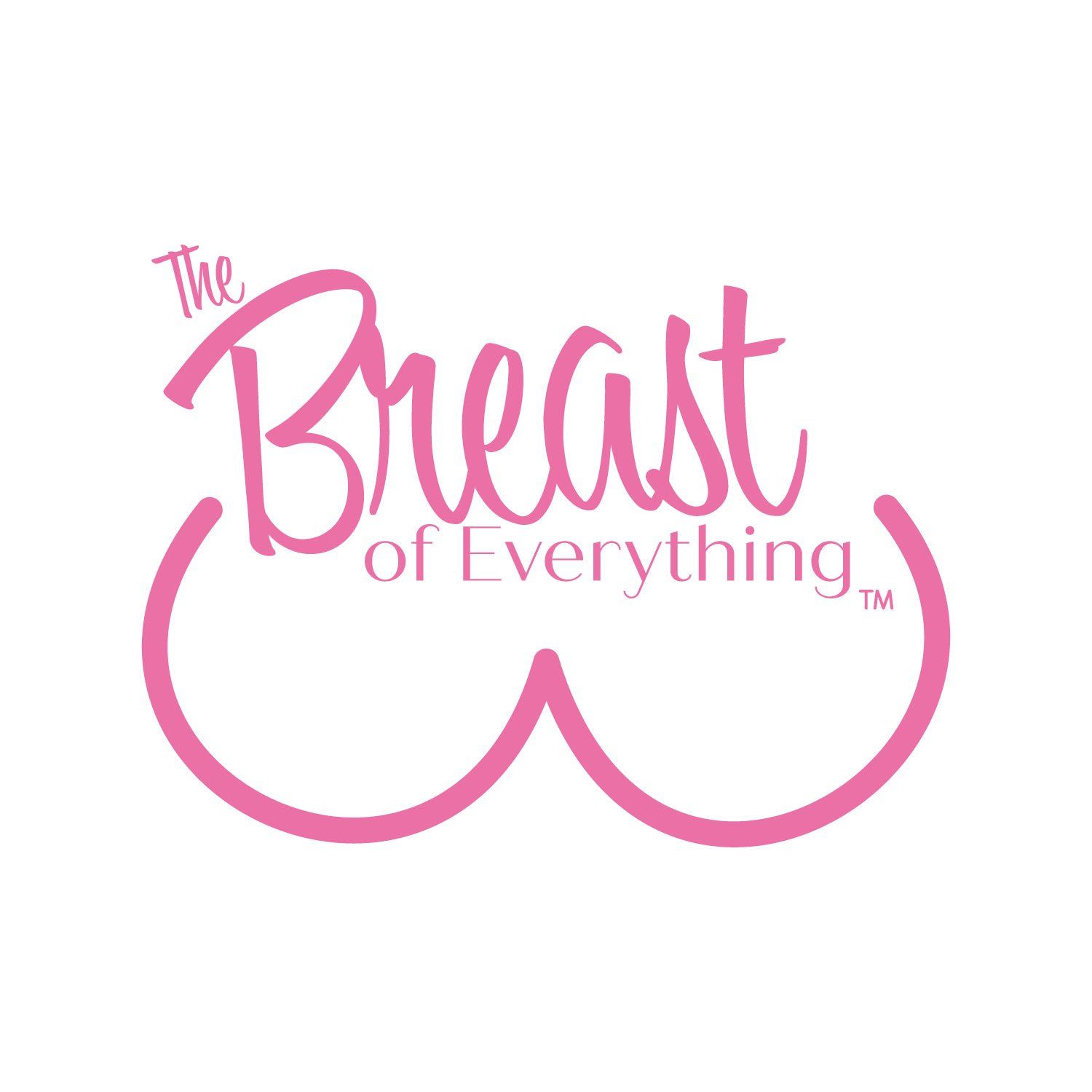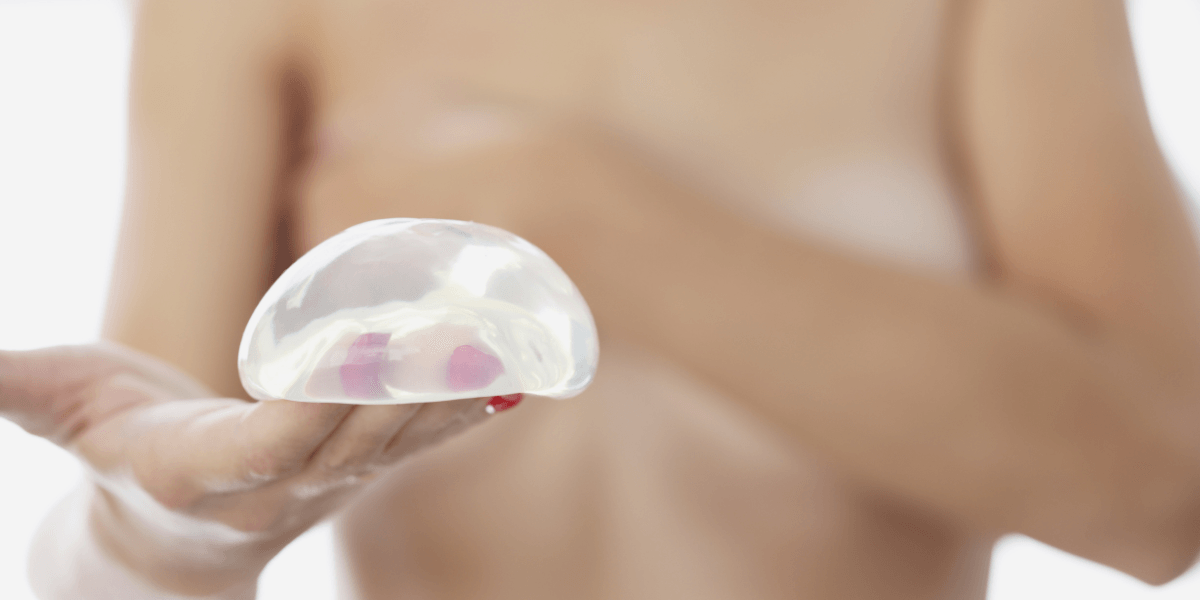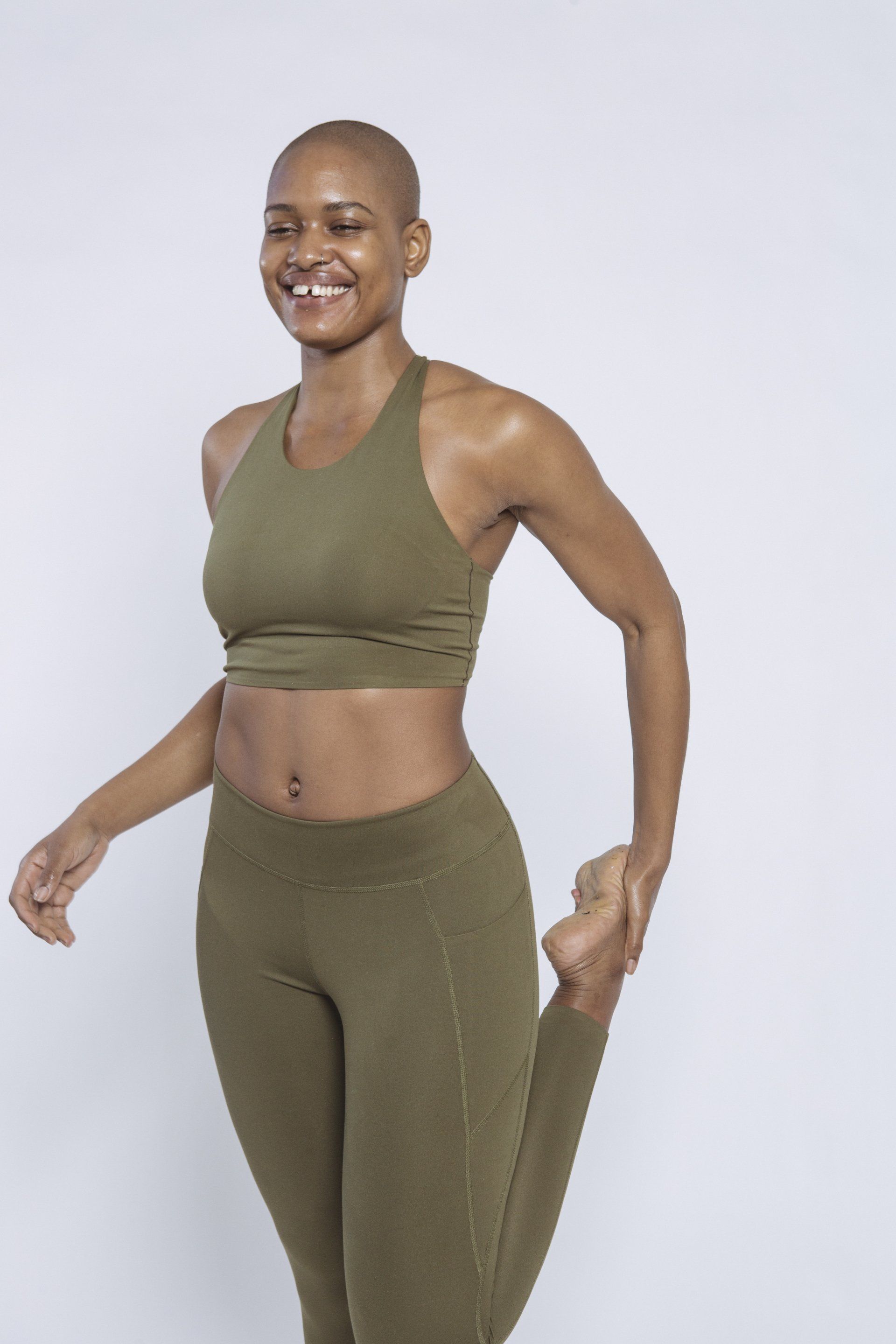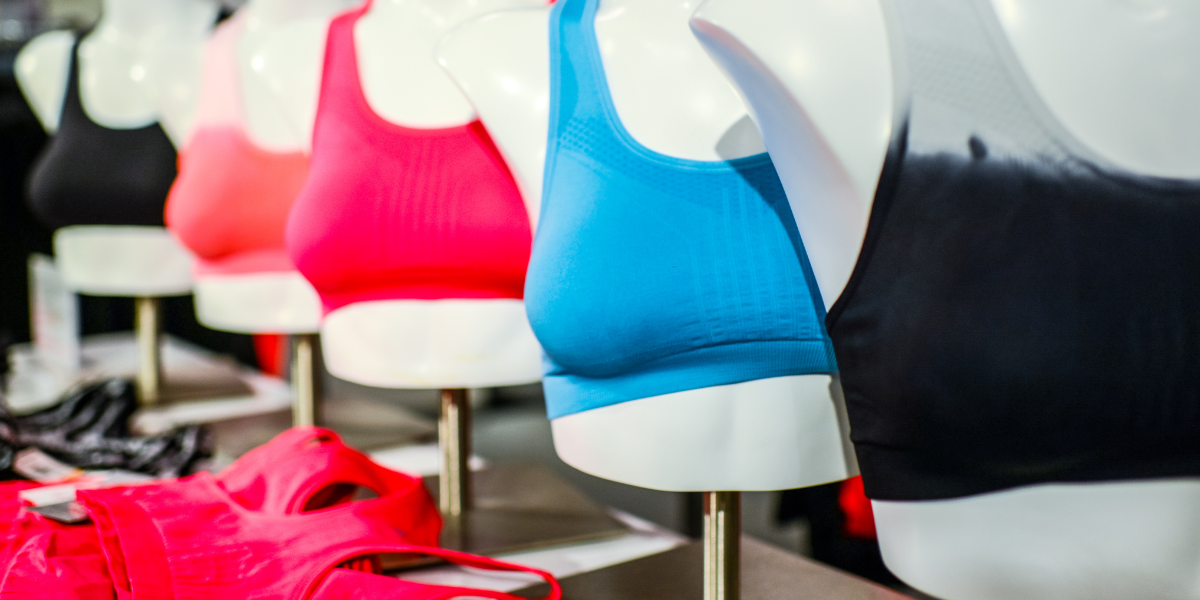Firm Breast Workout: 6 Chest Exercises to Lift Breasts
If women had it their way, they would want to have perky, full, and firm breasts their whole life. But unfortunately, drooping breasts and sagging skin are natural parts of the aging process.
The good news is that we can do a few things to minimize the effects of aging on our breasts. If you want to enjoy a natural breast lift, you may want to consider chest exercises.
You might be wondering: Can sagging breasts be lifted with exercise? Not directly. However, it may give the feeling of more lifted breasts.
Read on to discover how chest exercises can help with your sagging breasts and which specific chest exercises you should perform.
How Chest Exercises Can Help in Lifting Breasts
The breast is mainly made up of fatty tissue—no muscles. (*) Unfortunately, the exercises to lift breasts have no effect on breast tissue. Because of this, chest exercises won’t impact the breast shape, lift, and fullness.
What chest exercises do is help build, strengthen, and firm the pectoral muscles located underneath the breasts. Firmer and bigger pectoral muscles can give your breasts a slightly lifted appearance.
6 Best Chest Exercises for Natural Breast Lift
So what are the breast lift exercises that can help create a feeling of lifted breasts? Here are 6 of them:
1. Bench Press
Let’s begin with the most traditional chest exercise on the list—the bench press.
The bench press is an upper-body exercise that involves lying on an exercise bench and pressing weights (either a dumbbell or a barbell) upwards then lowering it to your chest.
The traditional bench press targets the shoulders, pectoral muscles, and arms.
How to Do It:
Step 1.
Lie on your back flat on the bench.
Form Tip: Keep your feet flat to the ground and the hips on the bench throughout the entire workout.
Step 2. Grip the barbell with your hands positioned a bit wider than shoulder-width. Place it directly over your shoulders.
Step 3. Lower the barbell to your chest with your elbows bent to the side. Continue lowering until your elbows have reached the area just below the bench.
Form Tip: Don’t arch your back and keep your core engaged throughout the whole motion.
Step 4. Do 3 sets with 5 to 10 reps each.
How to Upgrade:
Bench press comes in different variations. Each variation targets different muscles in the upper body. Here are some of the details that you should know about:
- Incline Bench Press
For this variation, the bench is in an inclined position at an angle between 45 and 60 degrees. The target muscles are the pectoral muscles, arms, and shoulders.
- Decline Bench Press
In this bench press type, the bench is positioned downward and is perfect for working out the shoulders and lower chest muscles.
2. Chest Press
The dumbbell chest press is possibly one of the most common chest exercises for plenty of good reasons.
As compared to bench press, this allows a greater range of motion. Also, the up and down movement of your arm while holding the dumbbell can firm and develop your chest muscles and your triceps and shoulders.
Lastly, you don’t need an exercise bench to perform this exercise. You can do this on the floor or a stability ball (if you have one).
We recommend starting with a moderate weight dumbbell (10 to 15 lbs), especially if you’re a beginner.
Pro Tip: Perform this chest exercise while lying on a stability ball so you can work out your core as well.
How to Do It:
Step 1. Hold the dumbbells in each hand and sit at the end of the stability ball or on the floor.
Step 2. Lie your back flat on the floor or stability ball, keeping your feet flat on the floor, and your knees bent.
Step 3. Slowly lift the dumbbells in front of your body to the sides of your chest.
Form Tip: Make sure that your elbows point downward and your forearms are perpendicular to your upper body.
If your hands feel wobbly or shaky or have difficulties controlling the weights, switch them to lighter dumbbells.
Step 4.
Slowly lift the dumbbells as you exhale. You just need to extend your arms in front of your body and use your chest muscles to lift the dumbbells.
Form Tip:
Raise your arms to the point wherein your elbows are fully straightened. At this point, the ends of the dumbbells are already touching one another.
Hold the dumbbells at the top for a few seconds, squeezing your chest muscles as you do.
Step 5. Slowly lower the dumbbells as you inhale. Then, go back to the starting position with your elbows back to a 90-degree angle—it shouldn’t be lower.
This step should be done as slowly as possible—around twice as long as it took you to perform the press.
Form Tip:
You should feel the strain of the movements in your chest muscles. There shouldn’t be any strain on your shoulder blades.
Step 6. Do 3 sets of this with 12 reps each.
How to Upgrade:
Try the incline dumbbell chest press for an intense work of your upper pectoral muscles.
3. Tricep Dips
You might be wondering why we included tricep dips in the list of chest workout routines when it’s designed to build stronger arms. While it’s true that this mainly targets triceps, this workout routine can also build your anterior deltoid and chest.
How to Do It:
Step 1. Get a chair and bench, then stand straight with your back to it.
Step 2.
Bend your knees and place your palms on the chair.
Form Tip: Your palms should be closer than shoulder-width, and leave your fingers at the edge of the chair for easy grip.
Step 3. Move your butt in front of the seat.
Form Tip: Keep your feet flat on the floor and your thighs parallel to the floor.
Step 4. Go into the start position by straightening your arms.
Step 5.
Slowly lower your body until your arms are at a 90-degree angle.
Form Tip: Your butt should be grazing the chair or bench as you do.
Step 6. Slowly go back to the starting position while engaging your triceps.
Step 7. Do 3 sets of this with 10 to 15 reps each.
4. Push ups
Almost all of us know how to do the standard push up position, but here’s one thing you might now know: it’s a great chest exercise that may improve the appearance of drooping breasts. In addition to enhancing the pecs, push ups also develop the abs, triceps, deltoids, and serratus anterior.
For this exercise, you’ll just need an exercise mat.
How to Do It:
Step 1.
Go into plank position.
Form Tip: Keep your palms facing downwards and flat on the ground and your elbows shoulder-width apart.
Step 2. Lower your chest to the floor, bending your elbows as you do. Do this as slowly as you can, keeping your core tight the entire time.
Form Tip: Your upper arms must be at a 45-degree angle to the floor.
Step 3.
Straighten your elbows and push your chest back up to starting position.
Step 4. Do 3 sets of this with 8 reps each.
How to Upgrade:
One good variation of the standard push ups is the medicine ball pushups. Instead of resting your palms on the floor, you’ll place them over the medicine ball.
Doing so permits your muscles to move through a wide range of motion. It also places more stress on your muscle, giving them more room for growth.
5. Cobra Pose
If you’ve done yoga before, you probably already know what cobra pose is. However, it's very much like push-ups for those who are not aware of what this pose is. The only difference is you need to keep your legs flat on the ground as you lift your upper body, so this focuses more on enhancing upper body strength.
How to Do It:
Step 1.
Lie on your stomach on the mat.
Form Tip: Extend your legs as much as possible and rest the top of your feet on the floor.
Step 2. Put your hands under your shoulders, keeping your elbows tucked in.
Step 3.
Slowly lift your head and chest from the ground. Continue to do so until you straighten your arms as much as it would feel comfortable for you.
Form Tip: Draw your shoulders back and keep your neck in a neutral position.
Step 4. Hold this pose for 30 seconds before you go back to the starting position.
Step 5. Do this 3 times.
6. Plank
All plank variations develop and build the whole body, especially the chest area.
The simplest and therefore a great exercise for beginners would be the arm reach planks.
How to Do It:
Step 1. Take on a standard plank position, with your elbows and toes on the floor, keeping your body in a straight line.
Step 2. Lift your right hand as if you’re reaching for something in front of you. Extend it as much as you can.
Step 3. Return your right hand to its original position. This time, lift your left hand, extending it as much as possible.
Step 4. Return to the starting position and repeat the steps.
Step 5. Do 3 sets of this with 10 reps each. Make sure to take a break for 15 seconds between sets.
How to Upgrade:
There are many plank variations that you can try, including:
- Plank Step-ins
Instead of raising your hand, you’ll raise your knees towards your chest. For example, bring your right foot towards your right hand. Do this on both knees.
- Travelling Plank
This is probably the most challenging variation since you would need to raise both your hands and feet simultaneously. Because of the added dynamic movement, it also targets the abdominals, back, and shoulder muscles.
Final Words
To achieve the best results, try to incorporate around 3 to 4 of these exercises to lift sagging breasts into your routine. Then, perform them at least twice a week.
To make the most out of your workout routine, it’s also vital that you maintain a well-balanced diet. In addition to consuming enough fiber and healthy fats, you can also get your much-needed nutrition from supplements like Glucosatrin for improved flexibility and Probiotics for better digestion.
Be consistent with doing these exercises to lift your breast, get proper nutrition, and you can surely improve the appearance of sagging breasts.
